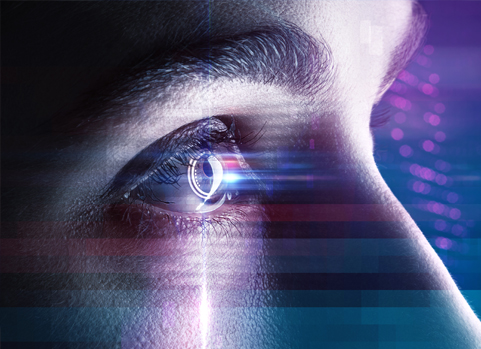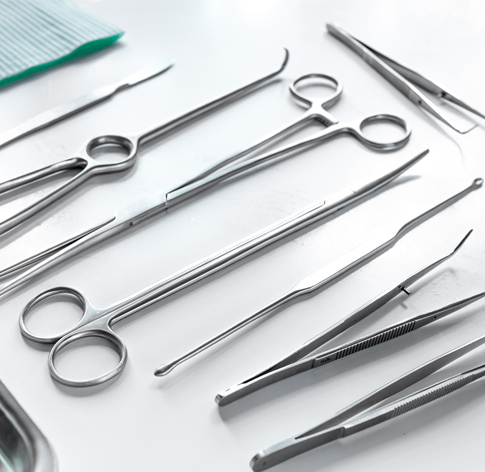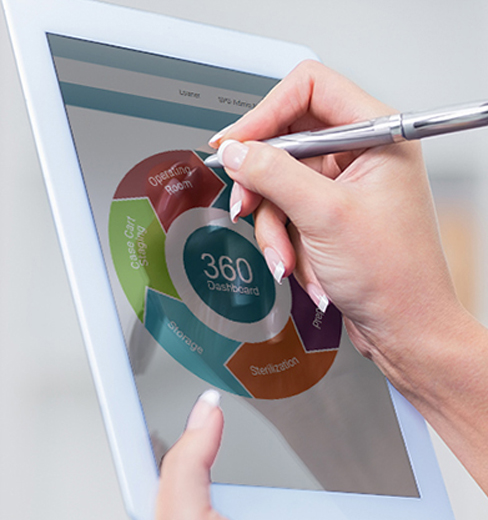
A challenge for forensic science and for the instrument count
I spent this past weekend watching a Netflix serial about the Innocence Project. A dedicated team of investigators and lawyers work to exonerate individuals who have been wrongly convicted either being at the wrong place at the wrong time, or by being wrongly identified. Instead folks from the Innocence Project use DNA testing which is accurate and precise and have saved many lives from incarceration and death row. Do you know that people have blind spots? Of course we do. What is meaningful to one person can be disturbing to another. That’s true of art, a piece of music, even our feelings about others. What I took away from streaming the series is not just memory but our own brain at any given time can process information differently and even see the same exact image differently on another day.
Our interpretations vary
We do not store images as precisely as a photo library or a file in our database. Sadly, innocent people have been wrongly identified for a crime they never committed even with a lack of circumstantial evidence based upon a lineup or even a sketch. Errors can occur in healthcare facilities, with the best of intentions, where instruments look the same, but the wrong one is selected to meet the requirements of the instrument count based upon our recollection. Right number of items counted…wrong item sent.


Digitize for identification
Recently, we discussed digital visualization and how 2D barcodes can be used for tracking and for identification of devices. Now, let’s take this a little further. The tray looks complete. The instrument count by the numbers is correct. But some of the instruments are wrong. They look alike and are approximately the same size, have similar design, but not what the doctor ordered for the particular procedure, not even close. Even a custom graphics tray with pre-determined layout doesn’t guarantee that the correct tools or devices were selected. Yes, a graphic layout helps like a roadmap, but still a wrong item can be assembled in the tray. And it may not match what the surgeon requested on the preference card.
The Solution…It’s not magic
Case Medical has developed tracking software that is easy to use, simple to navigate and can reduce errors. Our LoanerLocate module is ideal for consignment trays that live in healthcare facilities and those like loaners that go in and out every day! Here’s our solution…Simply photograph the tray with the correct instrumentation, upload the image in the CaseTrak database. Unlike humans, our artificial intelligence software has the exact memory of the correct devices and required configuration. Its memory is not influenced by distractions, emotions, or chance recollections. Rather with a simple scan, the software can recognize what is missing in the tray and even more strategically identify when something is placed in error. Then, in a flash using CaseTrak’s Set Search feature rapidly find the exact item needed.

Contact us today at Case Medical to learn how CaseTrak360’s Digital Recognition feature can reduce errors, save time and reduce costs
Case Medical is a U.S. EPA Safer Choice Partner of the Year and here to help you solve problems with sustainable and validated products and services. Look for the Safer Choice label when purchasing cleaning solutions for your department and for your home.
Visit us anytime at www.casemed.com to learn more about our products and services. We are here to help. Case Medical is a U.S. EPA SAFER CHOICE Partner or the Year for Manufacturer Formulator and recognized in NJ as Innovative Manufacturer of the Year.
Kindest Regards,






